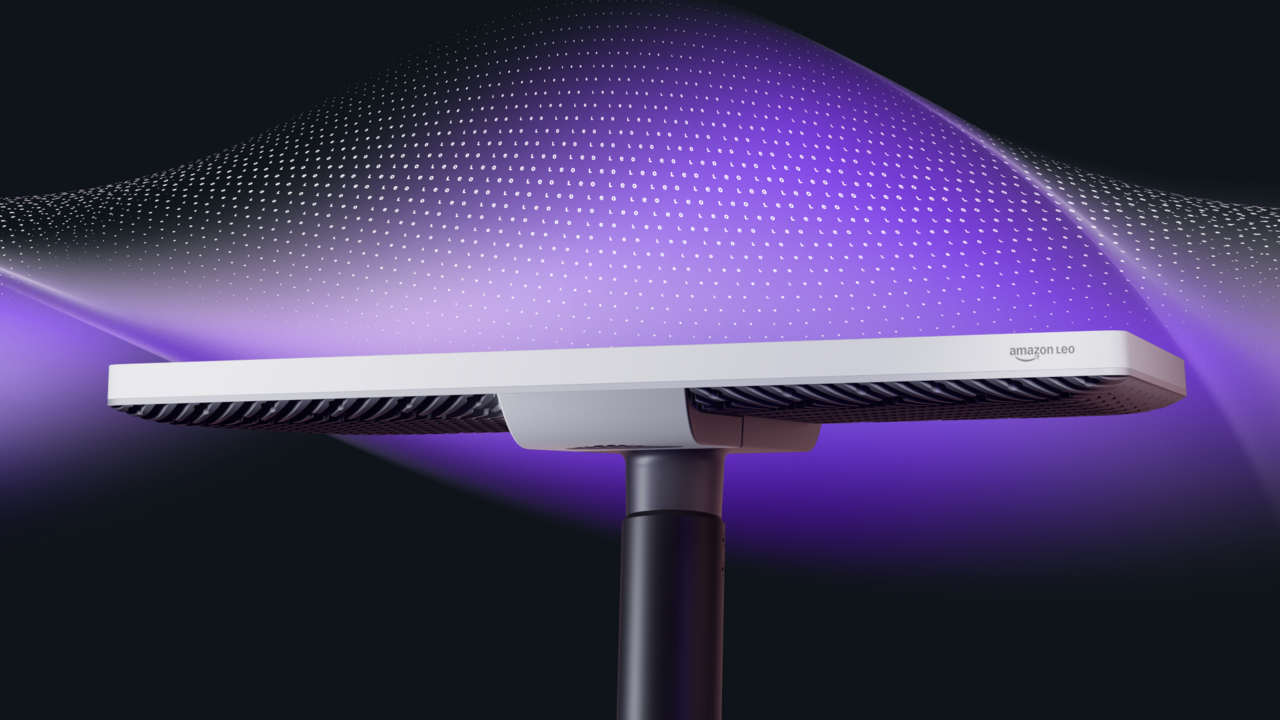Tech giant Amazon has announced a radical change to its space-based connectivity project, Project Kuiper. The company announced the project’s name change to Amazon Leo Internet Project and unveiled new hardware features developed for enterprise customers that will set it apart from its competitors.
Already with over 150 satellites in orbit, the company simplified its name to reflect the term “Low Earth Orbit.” The Leo Ultra terminal, introduced with this new era, aims to be a game-changer for businesses and government agencies, particularly with its speed and durability.
What does the Amazon Leo Internet service offer?
According to data shared by Amazon, the project will be a lifeline for businesses and organizations in regions lacking reliable connectivity. Aiming to bridge the connection gaps in critical sectors such as energy, manufacturing, media, and transportation, the system has crossed another important milestone before launching into commercial operations. Company Vice President Chris Weber stated that this service will transform business operations even in the most challenging environments.
The system promises not only speed but also high security. Thanks to the “Direct to AWS” feature, customers will be able to transfer their data directly to Amazon’s cloud services without ever exposing it to the public internet. This feature provides a significant security advantage for organizations working with sensitive data.
The star of the launch was undoubtedly the new “Leo Ultra” terminal. This enterprise-grade antenna offers download speeds of up to 1 Gbps and upload speeds of up to 400 Mbps. The company claims this device is the fastest commercial phased array antenna currently in production. These speeds create an ideal environment for bandwidth-intensive tasks such as real-time data processing and video conferencing.
The device’s design is also a masterpiece of engineering designed to withstand the harshest conditions. Resistant to extreme heat, cold, rain, and strong winds, the Leo Ultra stands out with its construction free of moving parts. Powered by custom silicon chips designed by Amazon, the antenna minimizes latency and maximizes performance.
Ahead of the full commercial launch of the service, Amazon has launched a preview program for select customers. Major companies like JetBlue, Hunt Energy, and Crane Worldwide Logistics are among the first to test this technology. For example, JetBlue plans to offer its passengers a faster and more flexible experience by using it in-flight Wi-Fi services.
The company will gather feedback through this program before launching a wider commercial deployment next year. Furthermore, the new launch mission with ULA on December 15th aims to increase the capacity of the satellite network. This will allow more customers to join the preview program as coverage expands.
So, what are your thoughts on the Amazon Leo internet project? Share your thoughts with us in the comments!



 Shiftdelete.net
Shiftdelete.net









